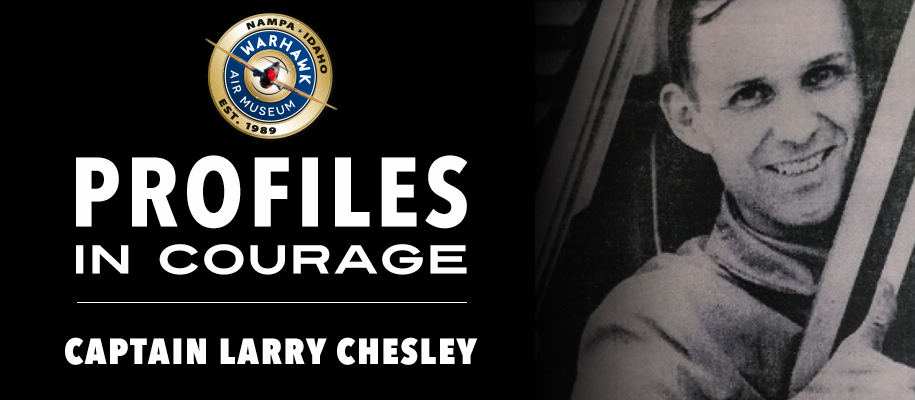
Posted On: June 26, 2023
“…It’s just going to be a milk run.”
On April 16, 1966, while stationed in Thailand, Captain Larry Chesley was on his way to a briefing for an upcoming night mission. There was to be a team of four flying in a two-ship formation in F-4C Phantom IIs. The lead F-4C was assigned to Captain Chesley and Major Sam Johnson, and Lieutenant Hal Sheads and Lieutenant Colonel Bob Conray were to follow. Johnson had previously flown with the Thunderbirds and Chesley was looking forward to writing to his family after the mission was over to tell them.
When inspecting the plane before takeoff, Chesley felt that something was not right. On the previous night’s mission, the gun on their F-4C hadn’t been working. Chesley wondered if it had been serviced, but was reassured it had been fixed. They took off at 4:30 PM—right on time.
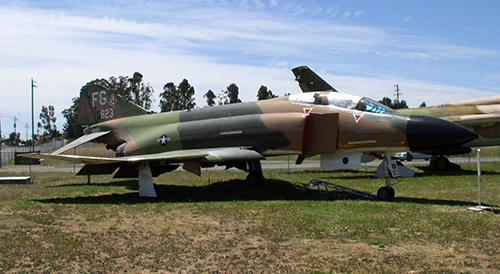
Taken by: Eugene Zelenko
The target for this mission was a cave on the east side of a large piece of limestone in southern North Vietnam, approximately 30 miles north of a Demilitarized Zone (DMZ). They approached on the west side, planning to circle around, but were suddenly shot at. At the briefing, Chesley was told this target had no guns. It was no longer a “milk-run.”
Chesley alerted the second plane that he and Johnson were being shot at. The second crew was unable to assist as they were on the other side of the mountain. When Johnson and Chesley turned and dove to shoot, their gun didn’t fire. They were going about 670 knots at about 50 feet when their control system was hit and the plane began to oscillate. They were hit a second and third time and their plane caught on fire.
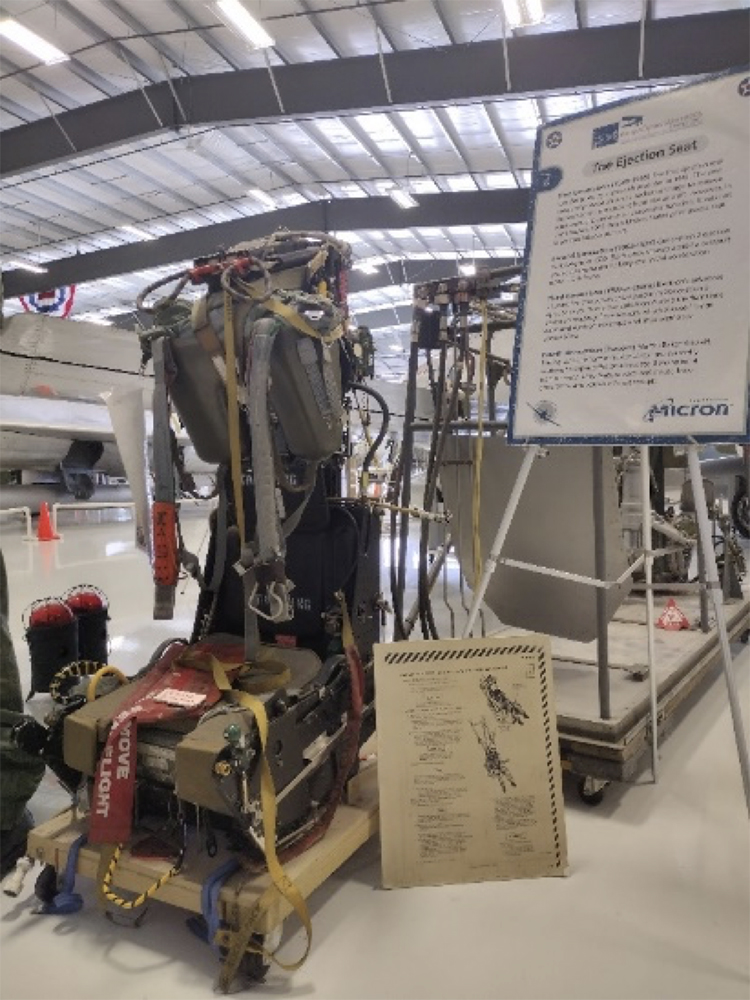
display at the Warhawk
“Get Out! Get Out!”
Major Sam Johnson was yelling to eject from the blazing F-4C. Twice Chesley pulled at the ejection ring between his knees, but he did not eject. Johnson yelled once more, “Get out!” before ejecting himself. Chesley decided to try pulling the face curtain which was another ejection method, but he was unable to grab hold of it because of the negative G condition. With one more strong pull on the ring between his knees, Chesley finally ejected, sinking towards the ground.
The Beginning of the Next Seven Years
Chesley was unconscious after he landed, but when he came to he was surrounded by Vietnamese farmers who removed all of his clothes and gear. He was left wearing only his undergarments, boots, and socks. He cracked three vertebras in his back from the ejection and was forced to run even though he was in immense pain. Chesley was brought to a large hole in the ground that he describes as being about three feet deep, six feet wide, and 12 feet long.
Chesley was blindfolded. He could only hear people speaking a language he did not understand. About an hour later he was taken into military custody. Around midnight, he was forced into the back of a truck with his arms tied behind his back. His hands were then tied to the top of the truck. A familiar face was there in the truck, Major Sam Johnson, who had two broken arms.
Before arriving in Hanoi, Chesley was interrogated and beaten. During his first interrogation, the only answers he gave were his name, rank, service number, and date of birth. Chesley states that these were the only bits of information that he was required to give under international law. His interrogator wanted more detailed information, but Chesley kept giving the same answers. This resulted in multiple punches and even a kick to the side of his head while his hands were still tied behind his back. Chesley was then thrown into an ant bed where ants crawled all over him and mosquitoes bit him for two hours. The treatment continued for the 21 days it took to get to Hanoi.
Hanoi Hilton
On May 6, 1966, Captain Chesley, Major Johnson, and newly captured Navy Lieutenant John Heilig arrived at the large prison in Hanoi with its walls 12 feet high and topped with barbed wire. Loud iron gates welcomed the poor souls doomed to spend their days there. The prison was nicknamed the Hanoi Hilton.
Chesley and the other prisoners went through hell. Unsanitary and deplorable living conditions, punishments, interrogations, diseases, illnesses, torture sessions, and very little food are just a small list of the reality they endured. Leg irons were a form of punishment, and they were forced to give “good treatment” statements. Referring to the prison guards, Chesley wrote: “To them, beatings were in any case a valid method either of punishment or persuasion, and many a prisoner was in fact beaten senseless.” Transportation was another form of torture for the prisoners. They would be placed into the back of a truck blindfolded, handcuffed, and breathing in the fumes of the trucks while traveling over bumpy roads.
The Peace Agreement of 1973
After that hopeful trip back to Hanoi on January 20, 1973 Chesley was only a POW for 23 more days. On January 30th, 1973, (three days after the signings in Paris ended the hostilities between the United States and North Vietnam) the prisoners received papers that U.S. prisoners were to be released in four 15-day increments. On the night of February 11, 1973, Chesley learned that he would be part of the first group to be released.
“Welcome Home! Welcome Home!”
On February 12, 1973, without shackles, without handcuffs, and without blindfolds, Chesley and the other prisoners in that first group were able to freely walk to the six buses waiting for them. Chesley and the other prisoners boarded C-141s that took them to Clark Air Base in the Philippines. Aboard that plane with Chesley was Major Sam Johnson. Chesley wrote:
“Everything seemed like heaven. Just like heaven. When the back doors of that C-141 closed there were tears in the eyes of every man aboard.”
At Clark, they were greeted by a large crowd cheering for them and a red carpet waiting for them to take the first steps of freedom. “Welcome home! Welcome home!” cheered the children. While there, Chesley was able to hear his parents’ voices for the first time since December 1965. After five days at Clark, Chesley and other POWs were on their way to Travis Air Force Base where his parents were waiting to finally embrace their son.
On March 7, 1973, Chesley reunited with his children in Salt Lake City, Utah. Chesley wrote of this moment and of his daughter Debbie:
“Debbie said it well when asked if she remembered me. ‘I don’t remember him,’ she replied, ‘but I still love him.’”
On March 10, 1973, the town of Burley, Idaho (Chesley’s hometown) welcomed him home—some people traveled hundreds of miles to be there.
Chesley’s book “Seven Years in Hanoi” is on display at the Warhawk Air Museum. If you want to know more about his time as a POW in North Vietnam, come to the museum and he’ll tell you himself.
Welcome Home, Captain!
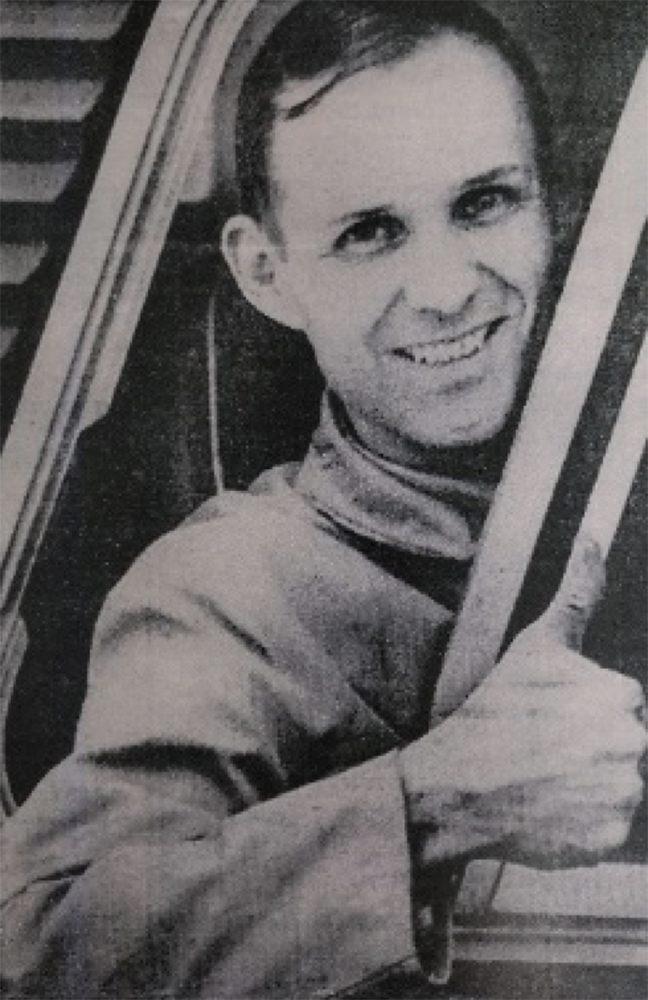
Clark Air Force Base the day he was released
Resources:
- Chesley, Larry. Seven Years in Hanoi: A POW Tells His Story. Bookcraft, 1973.
- “McDonnell Douglas F-4C Phantom II (Fighter).” Pearl Harbor Aviation Museum, 18 June 2020, www.pearlharboraviationmuseum.org/aircraft/mcdonnell-douglas-f-4c-phantom-ii-fighter/.
- “Vietnam War: Causes, Facts & Impact.” History.Com, www.history.com/topics/vietnam-war/vietnam-war-history. Accessed 31 May 2023.
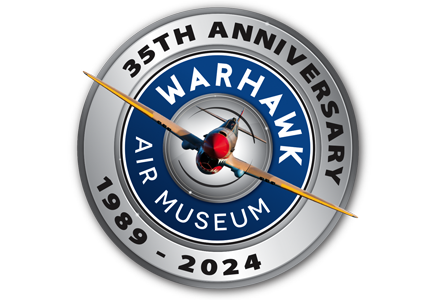



I was born in Rupert in 1962, and so my childhood took place in the Burley/Rupert area. When Chesley came to Burley, I was 9. My parents took me to the parade in his honor, then to Burley High School afterwards to hear him speak. The gymnasium was packed. I was too young to understand the Vietnam War at that time, but I knew I was witnessing something very significant. Thank you for your service!
Thank you for this glimpse into the Air War in Vietnam. We enjoyed our trip to Warhawk. A great air museum.